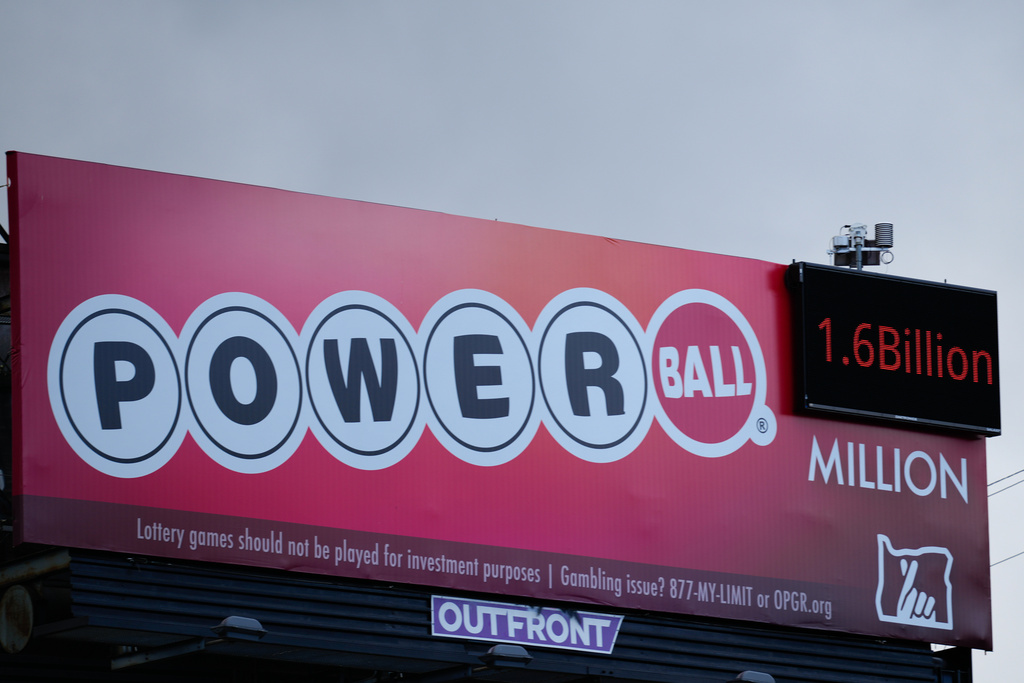How big an earthquake gets might depend on the moon.
Researchers in Japan looked at the world's largest recorded earthquakes and found they were more likely to happen during full or new moons when tidal forces in the ocean are strong.
SEE MORE: NASA Astronaut Jeff Williams Is Home After Breaking Spaceflight Record
Earthquakes aren't completely understood, but we know they're mainly caused by the release of energy that's been pent up from tectonic plates grinding together.
All earthquakes start small. A geophysicist working in the U.S. said: "The tides just add a little — 1 percent or less — additional push on top of that tectonic loading. Even though it's a small contribution, it could be just the amount of stress that is the 'straw that breaks the camel’s back.'"
Looking at data from roughly 10,000 past earthquakes, scientists found a magnitude 5.5 earthquake was more likely to become a magnitude 8.0 during periods of high tidal stress.
Although tidal stress affects big earthquakes, the researchers couldn't find a connection between tidal stress and the frequency of smaller earthquakes.
However, a recent study by the geophysicist we mentioned earlier looked at the San Andreas fault and found low frequency earthquakes were more likely to happen when the moon was in its waxing phase. That's when the size of the tide increases at its fastest rate.











